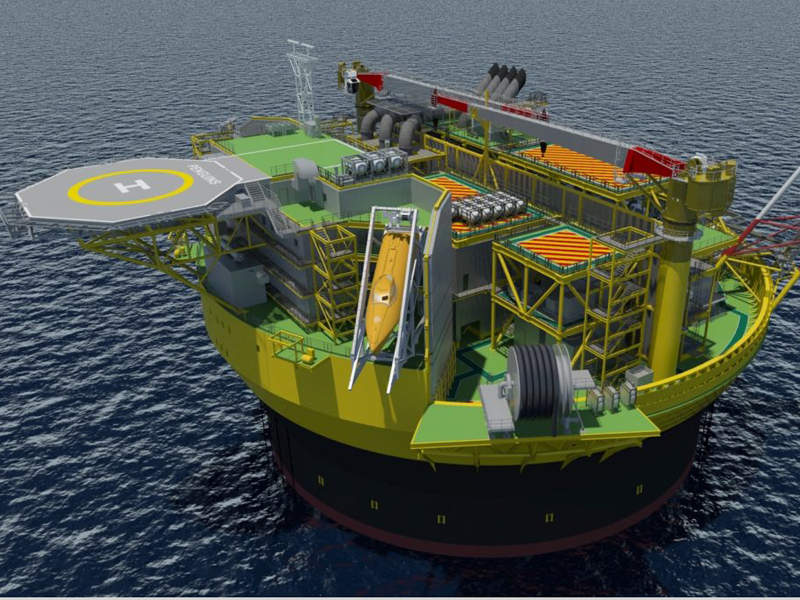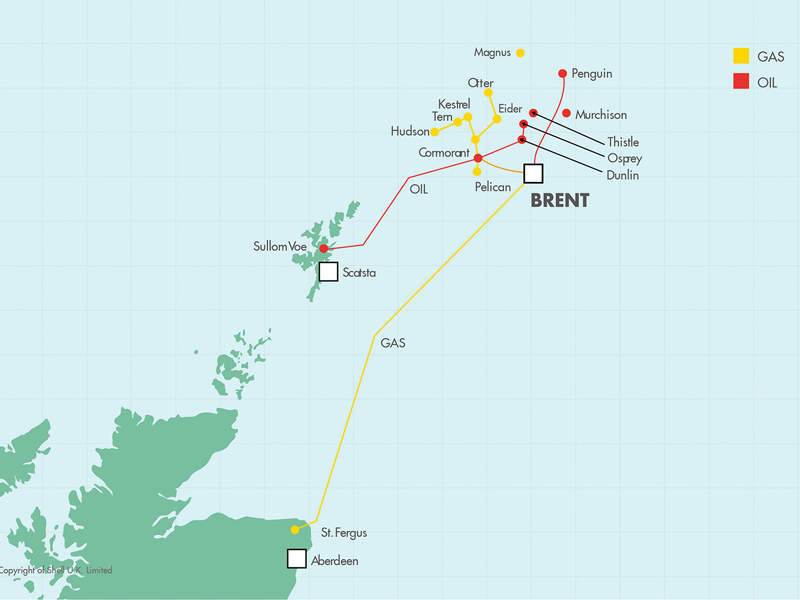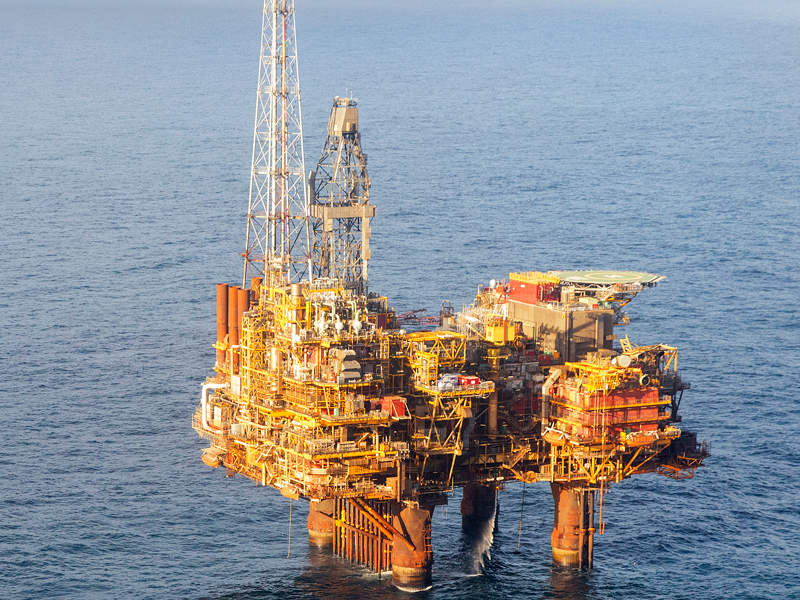Penguins oil and gas field is located 150mi (241.3km) to the north-east of the Shetland Islands in the UK North Sea in 165m (541ft) of water.
The field is jointly owned by its operator Shell (50%) and ExxonMobil subsidiary Esso Exploration & Production (50%).
It is planned to be redeveloped using a new floating, production, storage and offloading (FPSO) vessel.
Production from Penguins is currently tied back to the Brent Charlie platform, which is scheduled for decommissioning over the next few years.
Shell announced the final investment decision on the project in January 2018.
Penguins oil and gas field geology and reserves
The Penguins field includes a cluster of four blocks located 55km away from the Brent field.
The field reservoir is an upper Jurassic magnus sandstone member of the Kimmeridge clay formation.
It is situated in the western collapsed terrace of the Penguins Horst Block.
The field contains a mixture of volatile hydrocarbons condensate in separate accumulations, with total hydrocarbons initially in place (HCIIP) of 418 million metric barrels of oil equivalent (Mmboe).
Penguins field discovery and development background
Penguins oil and gas field was discovered in 1974 and a total of 11 exploration and appraisal wells were drilled between 1974 and 1991.
The field remained undeveloped for several years as it was not considered economically feasible.
It was finally developed between 2002 and 2003 and commenced initial production in January 2003.
Penguins is currently producing hydrocarbons from nine subsea wells on four drill centres.
The commingled hydrocarbons are tied back to the Brent Charlie processing platform via a 65km subsea tieback.
Penguins oil and gas field redevelopment details
The Penguins field reservoir lacks natural reservoir pressure and has no aquifer support.
Oil is gas-lifted and the overall recovery rate at the field is low due to the lack of pressure.
Additionally, reservoir compartmentalisation isolates some of the accumulations from the existing development wells, which further decreases the rate of oil recovery.
Drops in tie-back pipeline pressure and the limited lifetime of the Brent processing facilities are also noted to contribute to the site’s low recoveries.
The redevelopment plan aims to address these issues and extend the life of the facility, while installing new infrastructure following the decommissioning of the field.
It will see the drilling of eight additional wells, which are to be tied back to the Sevan 400 cylindrical FPSO.
The FPSO is similar to the one currently installed at the Western Isles development in the UK North Sea.
The concept was chosen as it is a low-cost and viable alternative to ship-based FPSOs.
Pengiuns’ FPSO will have a peak production rate of 45,000 barrels of oil-equivalent per day (boe/d) and a storage capacity of 400,000 barrels of oil.
It is expected to have an operational life of 20 years without dry docking.
Oil and gas export from Penguins field
Oil produced from the site will be offloaded onto tankers and transported onshore to refineries.
Produced gas is planned to be transported via the FLAGS pipeline to the St Fergus gas terminal located to the north-east of Scotland.
The pipeline will be tied-in through existing subsea facilities, as well as new pipeline infrastructure.
Contractors involved
Costain performed the pre-front-end engineering design (FEED) study for the subsea concept for the redevelopment of the Penguins field.
Sevan Marine was contracted to design the new FPSO and will also provide engineering support during the construction of the unit for a period of three to four years.
Fluor was awarded the engineering, procurement and fabrication contract for the Penguins FPSO project.










